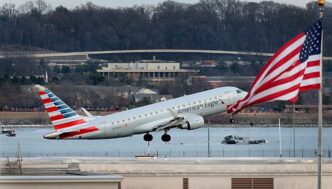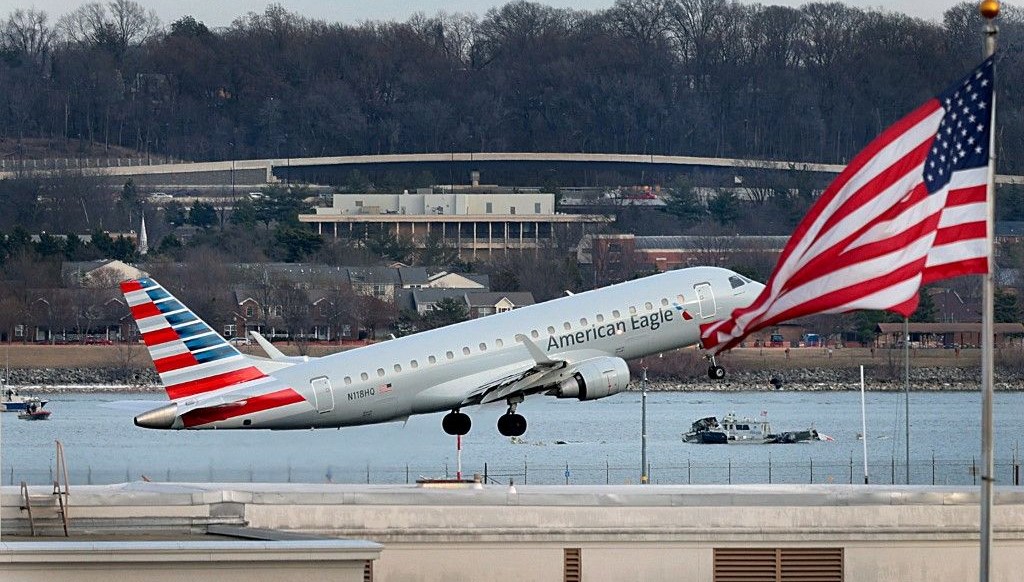The deadly accident that took place in the US on Wednesday drew attention to the air traffic at Reagan Airport and the deficiencies seen in aviation personnel. This accident went down in history as the worst mid-air collision in the US since the 1980s. Pilots who spoke to the British broadcaster BBC said that the airport conditions were challenging and that there were frequent “near-miss” experiences in the area. Just 24 hours before the fatal crash, a military helicopter flew too close to a different regional jet.
The fatal crash in the US on Wednesday has prompted calls for a reassessment of safety protocols and has drawn attention to air traffic at Reagan Airport. The cause of the crash, which killed 67 people, is still unknown but the media and the White House have focused on the actions of the helicopter and air traffic control personnel on the night of the crash. It is the worst mid-air collision in America since the 1980s. Reagan National Airport serves 98 destinations in the US and Canada, with around 400 flights a day and around 22,000 commercial flights a year.
“CHALLENGING AIRPORT” Several pilots interviewed by the BBC said flying into the small airport on the edge of the US capital can be a “challenging” experience. “Sometimes when you watch the planes land, you’re like, ‘Wow, that’s so close,’” pilot Mo Khimji said. He noted that if the pilot isn’t careful, strong winds can push the aircraft into “a hair’s breadth” of airspace. Many types of aircraft share the airspace, from Air Force One, which carries the president, to commercial flights and military helicopters. At night, especially, city lights reflect off the Potomac River, making it harder to see and spot other aircraft. NARROW-MISSES Just 24 hours before the fatal collision, a military helicopter came very close to a different regional jet, according to the Federal Aviation Administration’s log of incidents and accidents. After several crashes nationwide in 2023, the Federal Aviation Administration ordered a safety review, warning that “even a hair’s breadth is too much.” The review has raised concerns. It found that underfunding and staffing were leading to an “erosion” of safety standards, making current safety levels “unsustainable”.
AIR TRAFFIC SHORTAGE A chronic air traffic control staff shortage was impacting safety standards, a 2023 safety review found. Last year, the agency exceeded its target of recruiting 1,800 controllers by just 11 people. However, the 2023 review found these targets were insufficient to “adequately meet system needs”.
RETIREMENT AND COVID PANDEMIC Staffing issues were reported to be a “constant” concern, with employees retiring in waves. The Covid pandemic has made staffing issues worse. When staffing shortages occur, existing employees are placed in the most critical positions, leaving some roles vacant.













